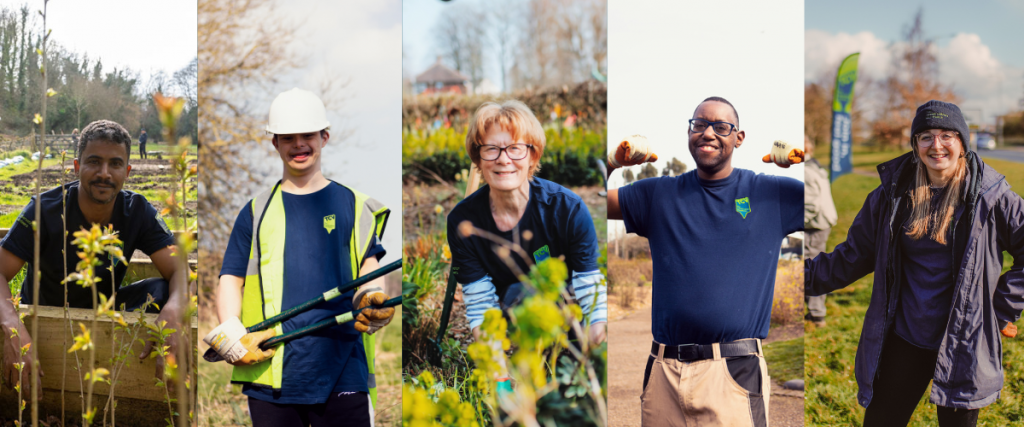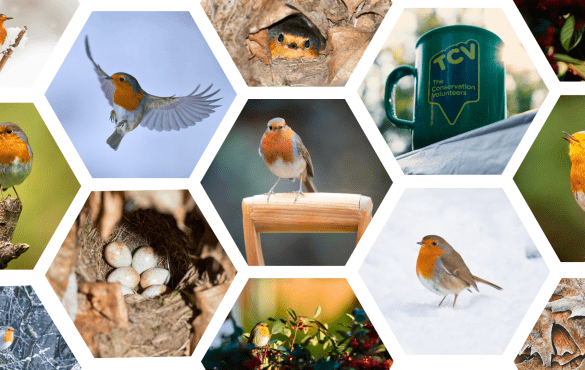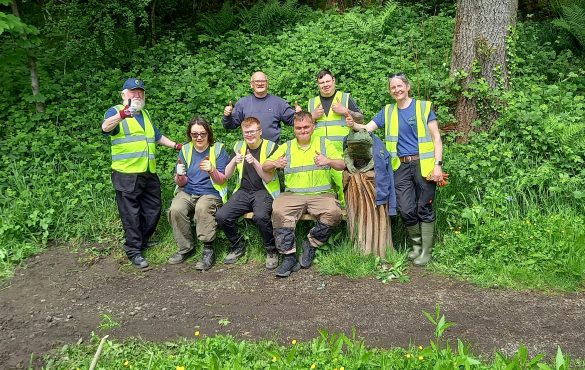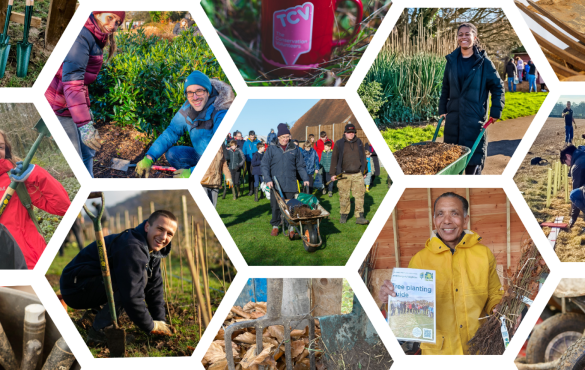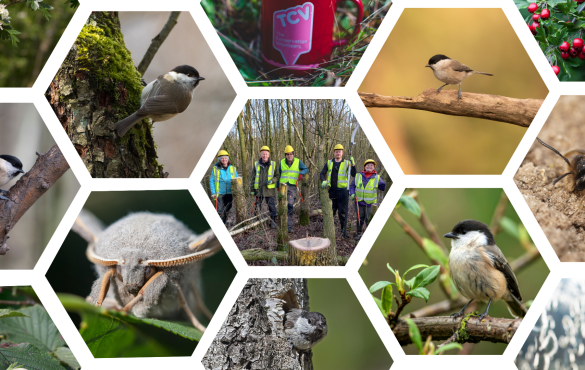Did you know that nearly one in six species in Great Britain is threatened with extinction? This alarming statistic, sourced from the State of Nature report, underscores the critical need for our support, especially during the crucial spring season.
As daylight extends and temperatures rise, wildlife emerges from dormancy, preparing to rear their young in the seasons ahead. In this guide, we’ll explore six impactful ways to support spring wildlife.
Plus, don’t miss the opportunity to download your free introductory guide to wildlife gardening at the end of this article!
1. Water for Wildlife
Spring can be surprisingly dry, especially after a long winter. A dish of fresh water and a few pebbles placed in a sheltered location can be a lifeline for thirsty birds, butterflies, and other small creatures.
If you are feeling extra energised why not take it further and create a wildlife pond? No single garden improvement will attract more wildlife than a pond!
2. Support Conservation Champions
Many organisations like The Conservation Volunteers, The Wildlife Trusts, and the RSPB dedicate their efforts to protecting wildlife and their habitats. Consider volunteering your time or donating to support our crucial work. Even small contributions can make a significant difference in conservation efforts.
I have increased my knowledge about nature and the environment, particularly how to create and install homes for wildlife.
Stephen, TCV Volunteer
3. Let Your Lawn Go Wild
We often strive for a uniform, neatly mowed lawn, but this sterile landscape offers little to wildlife. Consider letting a patch of your lawn grow wild, especially in areas with less foot traffic. This creates a mini wildflower meadow that provides vital food and shelter for insects, small mammals, and even pollinators like bees and butterflies.
If you have space in your garden or a local shared green space you could take it further by creating a vibrant and buzzing wildflower meadow: Creating Your Own Wildflower Meadow: A Step-By-Step Guide, and if you are wondering what native spring flowering plants to grow then check out this Wildflowers in spring guide.
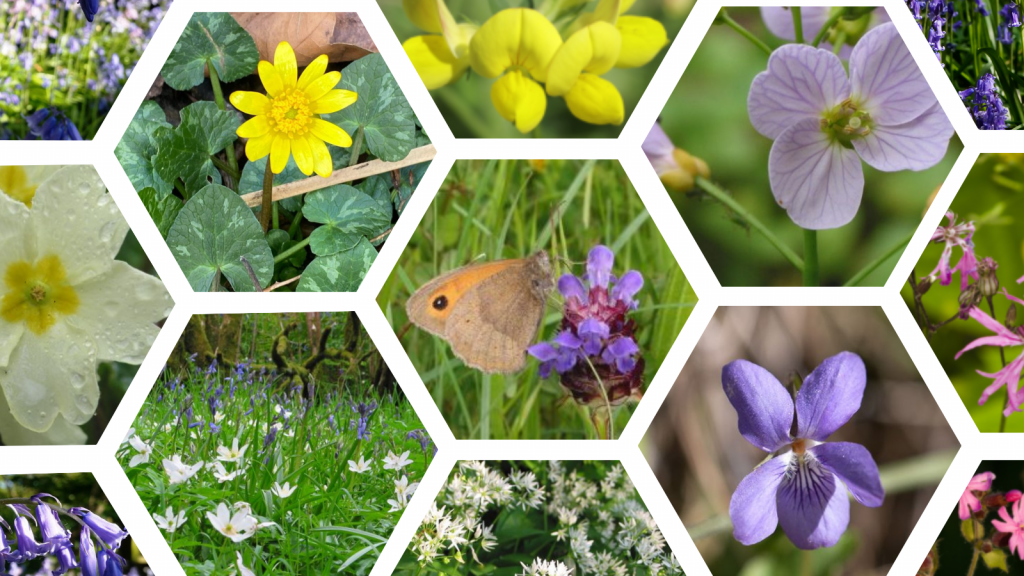
4. Create Nesting Boxes for Birds
Bird nesting boxes, also known as birdhouses, provide essential shelter and safe nesting sites for various bird species. As natural habitats continue to shrink due to urbanisation and habitat loss, these structures offer a lifeline for our feathered friends and are becoming vital for UK breeding birds, such as bluetits, sparrows and nuthatches. Especially when supplied with suitable bird food and a water source.
Making a nest box is very straightforward if you have the right tools and materials handy! Here we show you how.
5. Be a Responsible Outdoor Enthusiast
Spring is a prime time for enjoying the outdoors, but remember to be mindful of wildlife. Stick to designated trails, avoid disturbing nesting birds, and keep dogs leashed in wildlife areas. Leaving no trace of your visit by picking up any litter, or even picking up a few items others may have dropped, ensures minimal disruption to the delicate balance of nature.
6. Hedgehog Highways and Habitat
Hedgehog numbers are declining due to habitat loss and fragmentation. You can help by creating small holes (around 13cm x 13cm) in fences and walls to allow hedgehogs to move between gardens. This creates a network of “highways” that helps them find food, mates, and safe nesting sites.
Throughout spring and summer days, hedgehogs require a secure haven for rest, while during the winter months of hibernation, they craft an even cozier abode known as a hibernacula. These natural sanctuaries vary in dimensions and are ingeniously fashioned beneath sheds, amidst shrubs and bushes, amidst leaf and log piles, and within compost heaps.
Want to build your very own hedgehog home? Look no further…
Remember, every action, no matter how small, can make a positive impact. By incorporating these tips into your daily life, you can become a champion for wildlife this spring and contribute to a healthier, more vibrant natural world.
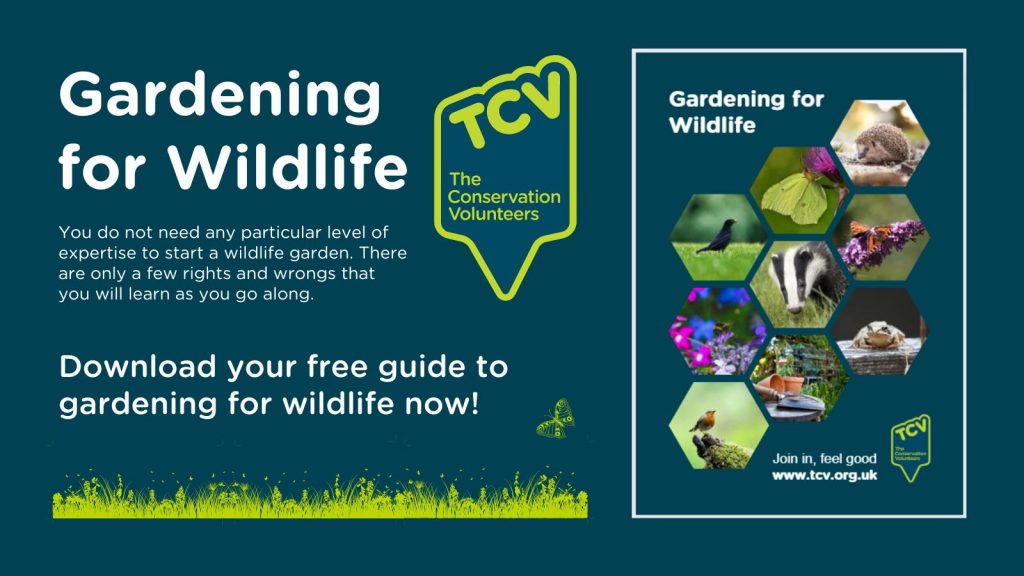
This downloadable guide to wildlife gardening is just the beginning. Together, let’s make a difference for the wild wonders that share our planet.
_________________________________________
Keep up to date with the latest news and activities from The Conservation Volunteers by following us on Twitter, Facebook, LinkedIn and Instagram. You can also sign up to receive TCV’s Greenzine newsletter for more ways to get involved.
